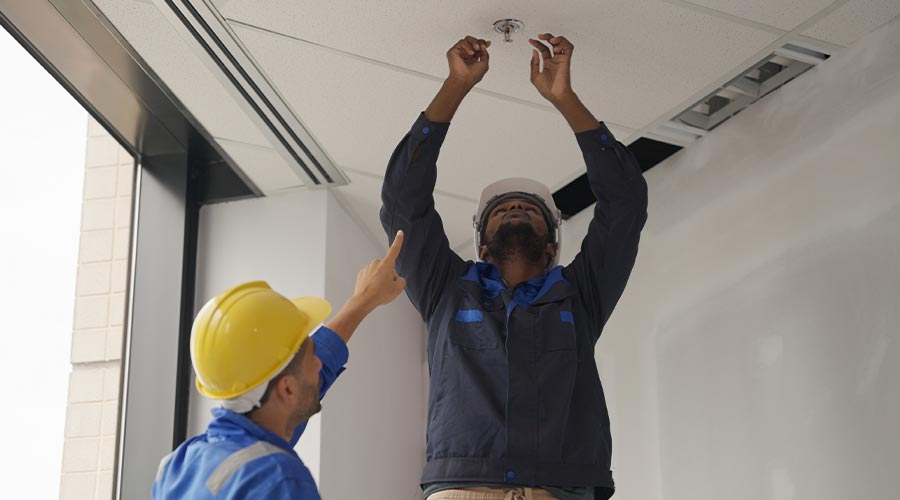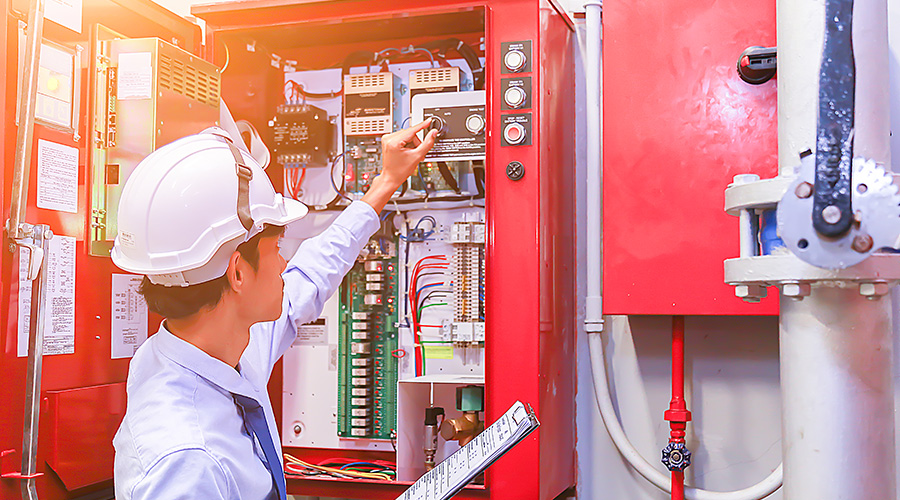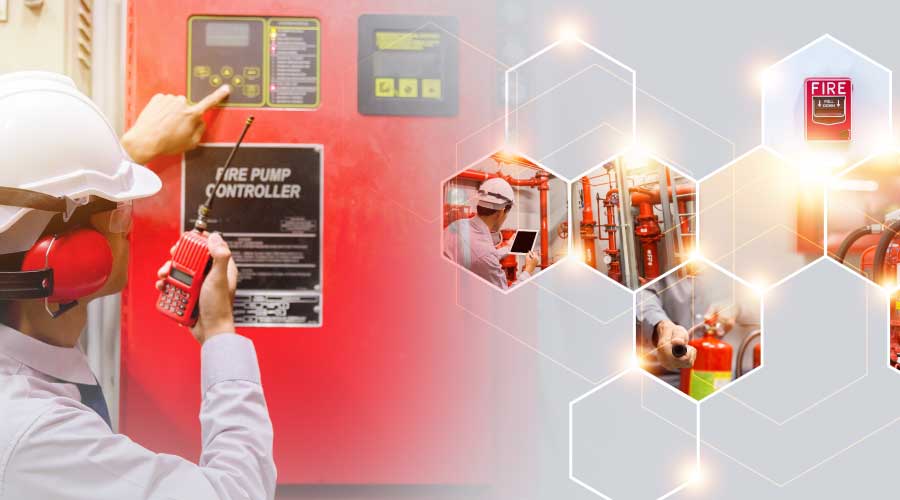Pay Close Attention To Emergency Preparedness Plan When Specifying Fire/Life Safety Technology
Although installation of fire- and life-safety equipment is mandated by building code, the best equipment in the world isn't any good without an emergency preparedness plan. Conversely, planning for every contingency won't be much good in the absence of proper, thoughtfully considered life-safety equipment.
The good news is that specifying the fire- and life-safety system with the emergency response plan in mind can pay big dividends to facility managers willing to assess different life-safety equipment.
"Two systems that need to work together seamlessly are the fire and emergency communications systems," says Michael Knoll, director of sales, Siemens. "Installing them together can reduce total system cost while maximizing the benefits of integration."
Facility managers should understand this: When properly chosen, fire-/life-safety systems can augment other building systems, effectively creating a system where the whole is greater than the sum of the parts.
Take fire-control panels, for instance. One of the biggest selling points, say industry executives, is that these aren't solely an alarm system. "These things aren't just for fire," says Dick Bauer, director of marketing, Notifier. "You can use them to control message boards, for gas detection in boiler rooms, voice communications, LED lighting and so much more. They're robust."
But to make sure fire control panels and alarm systems provide the most benefit, there must a plan in place to ensure that occupants know what to do when a fire alarm is triggered. Alerting occupants and assisting first responders per the protocols of an emergency response plan for a particular event should be of the highest priority.
By specifying the fire and emergency communications systems together, Knoll notes, building owners ensure one emergency event will initiate the correct corresponding actions in the other system. For example, Knoll points out that using the fire evacuation speakers as part of the emergency communication system avoids duplicate speaker/audio costs.
"Essentially this approach prevents unnecessary hardware and reduces installation time and costs, while delivering superior operation and customer benefits from the entire system," he says.
The bottom line is that building owners usually can leverage economies of scale — if they've fully considered current and future needs.
"Use software to communicate with other building systems," says Tom Boyle, business development manager, Fike. "Use networked sensors. And basically, build into a life-safety system the notion that it should have outputs to a vast number of other components or systems in the building."
Unfortunately, many times facility managers will purchase individual components of a system without regard to other systems and interconnectivity, says Rodger Reiswig, director of industry relations, Tyco SimplexGrinnell.
Building owners looking to get the most for their capital expenditures also need to be mindful of life-safety system scalability.
"Any system they buy should have capacity to grow, add more network points, and connect to other facilities, but it should also have backwards compatibility," says Bauer.
Boyle recommends systems that are modular, scalable, and not sole-source.
Final Considerations, Final Choices
From a facility manager perspective, says Dick Bauer, Notifier's director of marketing, consider the total cost of the system, not just capital or first costs. One of the big hidden costs of fire- and life-safety system ownership is system service when faults show up.
"Once in, don't get nailed by change orders or other unexpected charges," he says. "Look at total cost of ownership. Select stability and integrity so that you can use the system for other things, like gas detection or emergency communications."
He also notes that many FMs want to be able to manage multiple components (inputs/services/outputs).
Michael Knoll, director of sales, Siemens, notes that reputable life-safety systems providers will answer questions and provide information and insight.
"Many companies offer educational sessions for building professionals," he says. "When creating the specifications, it is often necessary to leverage the expertise of an FPE (fire protection engineering) firm to review the particular application and produce appropriate plans and specifications."
— Loren Snyder
|
Related Topics:












